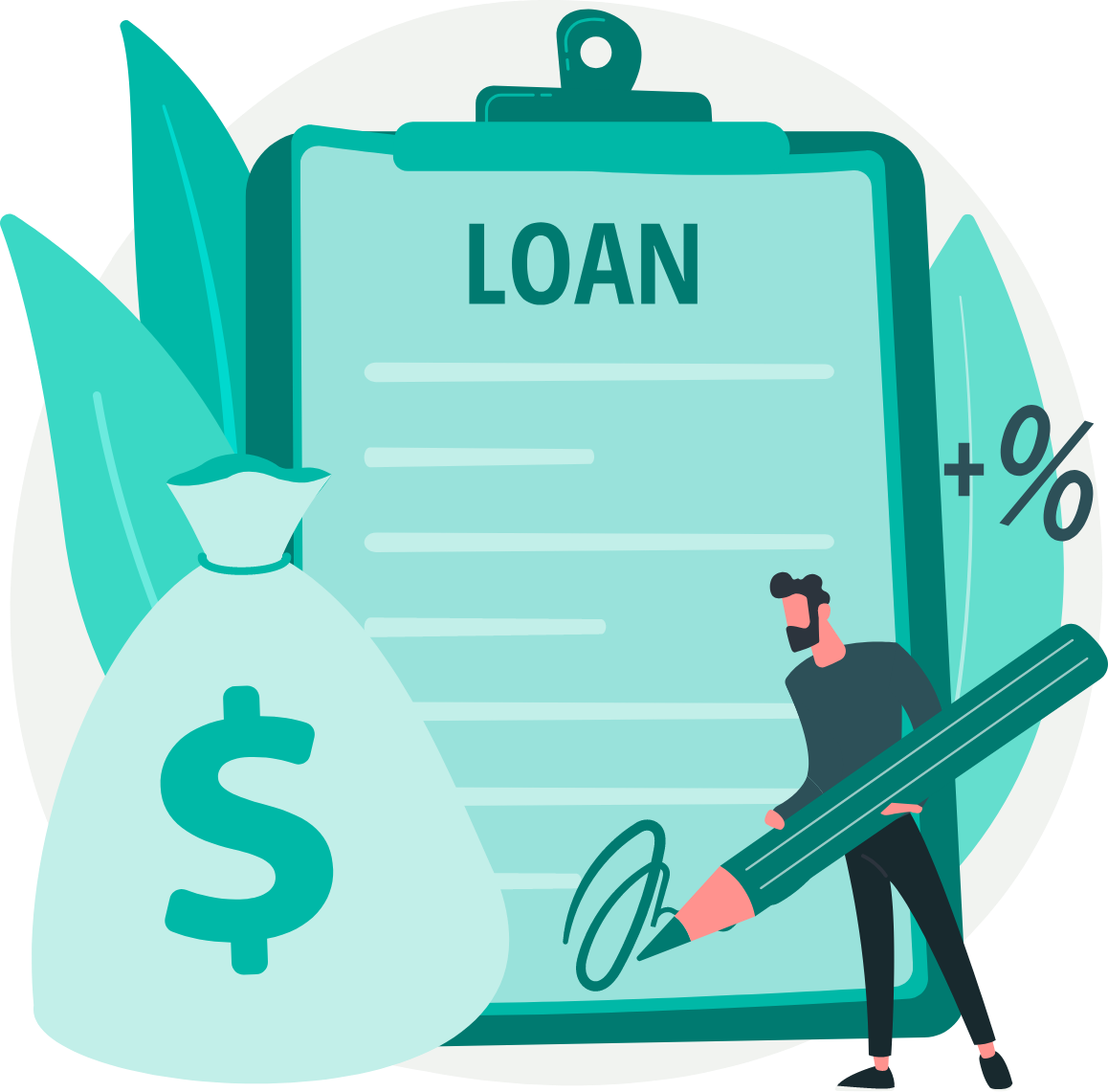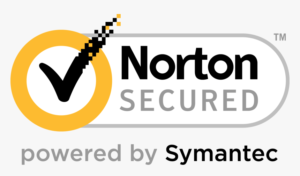The Complete Guide To Equipment Financing For Small Businesses


What Is Equipment Financing?
Equipment financing is a form of loan or lease used to acquire business-related equipment. The funds obtained from this type of finance are funneled into assets such as computers, vehicles, and various other types of machinery. These assets aren’t necessarily physical: software and CRMs can be financed as well. Equipment financing is a great option for business owners who don’t have the capital on hand to purchase their desired equipment outright. Equipment financing is convenient for the borrower and secure for the lender.
The addition of equipment can have a significant effect on the productivity and profitability of your business. You don’t need to delay the purchase of some crucial piece of equipment because of insufficient funds. If you are losing your competitive edge due to a technological gap, then it would be wise to consider equipment financing options.
Difference Between Financing And Leasing Equipment
Equipment financing is accomplished through either a loan or a lease. The decision to pursue a loan or a lease on your desired equipment is ultimately a question of which option will yield you the greater return on investment. With this in mind, let's explore the differences between financing as a loan and as a lease.

Leasing And Financing Equipment: Which Is Better?
The better option for you is dependent on several factors. You can begin to determine this for yourself by first assessing your business needs. Next, consider the interest rates and terms you’re offered by lenders. Additionally, the nature of the equipment you wish to use is important to bear in mind. Is this piece of equipment the sort of thing that will become obsolete over some period of time, or at least require an upgrade? This calculation will help determine whether it makes financial sense to want possession of the equipment after the financing period.
What is Equipment Financing?
Equipment financing is a specialized form of funding used to acquire tangible assets. Equipment financing may be in the form of a loan or lease. It’s important to understand the difference between these two categories of equipment financing and their respective benefits and drawbacks.
Advantages of an Equipment Loan
The most obvious advantage to equipment financing is that you won’t have to pay a large sum out-of-pocket to acquire the equipment you need to grow your business. Equipment is often the largest investment that small-business owners will make. A loan can make the added cost of the equipment more manageable for your business.
One significant advantage of equipment financing as a loan is that you will own the equipment at the end of the loan term. If you think that a certain piece of equipment will maintain its value and usefulness over a long period of time, then a loan is likely your best option. As the equipment is staying in-house after the loan term, it’s yours to either use or sell. Additionally, as an owned asset, the purchased equipment can serve as collateral on a future loan for your business.
A down payment will need to be paid if you opt for an equipment loan. This will typically cost 15-20% of the equipment's total value. As an added benefit, the interest paid on an equipment finance loan is tax-deductible, though the principle is not.
Speak To A Loan
Specialist Now!
Advantages of Equipment Leases
If the equipment you require is something that needs periodic upgrading, equipment leasing is the better option. This way, you won't have to worry about your equipment becoming obsolete. For equipment like computers and motor vehicles, it makes financial sense to finance through a lease. Some lenders may provide the option to purchase the equipment at the end of the lease term at fair market value.
In general, leasing is the cheaper option. You won't have to pay a down payment and monthly payments are lower if you opt to pursue a lease on your equipment. The tax benefits are greater if the equipment is financed through a lease as opposed to a loan. Refer to section 179 of the U.S. tax code.
Other Options for Equipment Purchases
Bank Loans
Banks generally offer the best interest rates and terms to borrowers. However, banks will only work with borrowers who have good personal and business credit scores, as well as a moderate length of time in business. Alternative lenders may work with business owners who do not qualify for traditional sources of funding. Though the requirements vary lender to lender, most will be lenient in their requirements.
Factoring
If you are trying to raise funds for equipment or the down-payment on an equipment financing loan, you might consider invoice or future receivables factoring.
Funding
A Merchant Cash Advance (MCA) and Working Capital loans are the quickest ways to receive a cash injection. You are more likely to be approved for financing if the lenders can see the funds will be reinvested into the business by helping close on an equipment finance loan.
Business Credit
A line of credit can have some advantages, like more flexibility for small businesses, expanding their cash on hand, and purchasing power. But it also has several drawbacks, especially for smaller and newer businesses that might not be able to be approved for lines of credit. Equipment financing companies and traditional banks will look at a business's credit history just like they would an individual's, and bad credit is also factored in. Interest on the monthly payments is also higher with credit and is getting higher now. Keep in mind that credit is not the same as a loan or lease, as a loan delivers all the money needed for equipment upfront and right away and is liquidated in monthly payments
Credit is a bank or institution offering businesses an amount that can be used as needed or not at all and paid back with interest later.
Get the capital you need to allow
your business to grow, today!
Features of Equipment financing
Consider these unique features of equipment finance loans and leases.
Security
You don't need to risk any personal assets to guarantee your loan. This is the most prominent feature of equipment finance loans: the equipment for which you are making payments also acts as collateral on your loan. This serves to decrease your stress and, likewise, creates a high degree of security for the lender. If you default on your loan payments, the lender may seize the purchased assets. For this reason, lenders often offer business loans up to 80% of the equipment's value. Some lenders will even offer up to 100% the value of the equipment.
Maturity
The maturity date on a loan is the date the final loan payment is to be made. Equipment finance terms typically last anywhere from six months to five years.
Interest
Interest rates can range anywhere from 5% to 30%. Lenders assess personal and business credit scores, the length of time in business, and the nature of the desired equipment to determine the interest rate on your loan.
Funding Time
It may take several weeks or longer to receive funding from traditional equipment lenders like banks. If you would like your funds sooner, there are other options to consider. Application approval and subsequent funding are much quicker with online lenders. Funding can be received in as little as 24 hours. However, the precise funding time is partially dependent on the type of equipment you would like to have financed such as office equipment or medical equipment. For certain types of equipment, there may be additional administrative work to be done by the lender.
Qualification Requirements for Equipment Financing
Most businesses are able to qualify for equipment finance loans. Although all loans are subject to credit approval, a short length of time in business and poor credit scores won’t necessarily preclude you from obtaining funds. For this reason, equipment finance loans are a popular form of financing for start-ups and small businesses.

Business History
Length of time in business is an important factor for lenders to consider in determining the interest rate and term on an equipment finance loan. As with other forms of finance, the longer you've been in business, the lower the interest rate on your loan is likely to be. A small business' financial statements will be poured over by the lender.
Annual Revenue
The higher your annual revenue, the lower your interest rate and the more favorable the term on your loan.
Collateral
On an equipment finance loan, the equipment in question serves as collateral. This benefits both the borrower and the lender. You won’t need to worry about risking a personal asset in securing your loan. And the lender can feel confident they won’t lose money on the deal: in the event of default, lenders can repossess the equipment.
Get the Capital you need to allow
your business to grow, today!
Credibility
Lenders want to see a positive trade history for your business. They want to see that you have regularly paid your creditors on time. This information will be provided in your personal and business credit scores. Your credit report will be assessed as well, which can help you explain a low score. If you have previously invested in a similar piece of equipment and can evidence the increase in revenue your business experienced, you are more likely to get approved.
Down Payment
If you choose to have your equipment financed through a loan, then be prepared to provide a down payment of up to 20%. If you cannot afford this, then consider a lease instead.
How to Apply for Equipment Financing?
The application process for equipment financing with online lenders is generally fast and simple. There are several documents you should expect to provide.
Documents you need before applying:
Lenders will require documents to verify your identity. These vary according to the lender, but most will require two different forms of identification. Additionally, equipment lenders will need bank statements to determine the health of your business. They will likely ask for the most recent three months of financial statements. Some lenders will want to see a business forecast as well, especially how you plan to increase revenue with your new piece of equipment.
When is the Time to Get Equipment Financing
Whether you are looking to replace old equipment or acquire new equipment for the first time, the addition of some productive asset can help grow your business. Maybe repairs on old equipment are no longer sustainable or don’t make financial sense long-term. Or perhaps, competitors are outperforming your outdated machinery with newer technology. Whatever the reason, you can acquire new equipment without jeopardizing your business cash flow with an equipment finance loan or lease.
How Does Equipment Financing Work?
Equipment financing bears some obvious similarities to other forms of financing. Even so, there are some unique characteristics to consider.
Price of the equipment
Lenders will often offer 80-100% of the total price of the equipment.
Lender company
Traditional banks typically offer the lowest interest rates and most favorable terms to borrowers. However, you may not have the high personal and business credit scores required by most banks.

Online lenders may offer equipment financing to small business owners who do not qualify with banks.This is an option to consider if your credit score is low and your business is young. Financing through alternative lenders has the added benefit of short wait time. You can usually be approved within 24 hours of your submission of application and bank statements.
Age of the equipment
If equipment is outdated and already used, then it will cost more to finance. Lenders want to have reasonable confidence that you will pay back on time and in full. You must demonstrate to lenders that the addition of some expensive equipment is a worthwhile investment for you as a business owner and so for them as your source of capital.
Credibility of your business
Credibility is determined through an assessment of your personal and business credit scores, as well as your trade history. Lenders will require that you provide at least your most recent three months of bank statements.
Your time in the business
To qualify for small business equipment loans, your business should be in operation at least six months. Some lenders may want to see a business forecast as well. Prepare a business plan and be sure to include how your newly-acquired equipment will factor into your projected growth.
FAQ
If you want to expand your business, equipment financing might be an ideal way to start. We hope this basic guide on equipment financing has helped you understand more about it and how it can work for you. The team at Quick Capital Funding is always available to answer further questions and help you secure financing and get the loan you deserve.
Quick Capital Funding is willing to guide you in the right direction of getting the loan you deserve.



